2-NBDGCAS# 186689-07-6 |

- ABT-751 (E7010)
Catalog No.:BCC1085
CAS No.:141430-65-1
- CHM 1
Catalog No.:BCC2387
CAS No.:154554-41-3
- Podophyllotoxin
Catalog No.:BCN5957
CAS No.:518-28-5
- D-64131
Catalog No.:BCC1510
CAS No.:74588-78-6
- CYT997 (Lexibulin)
Catalog No.:BCC4601
CAS No.:917111-44-5
- MPC 6827 hydrochloride
Catalog No.:BCC8040
CAS No.:917369-31-4
Quality Control & MSDS
3D structure
Package In Stock
Number of papers citing our products
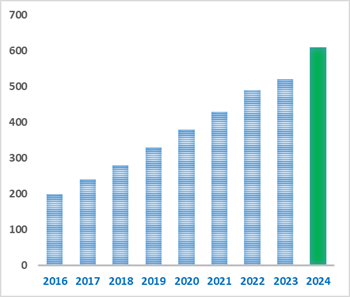
| Cas No. | 186689-07-6 | SDF | Download SDF |
| PubChem ID | 6711157 | Appearance | Powder |
| Formula | C12H14N4O8 | M.Wt | 342.26 |
| Type of Compound | N/A | Storage | Desiccate at -20°C |
| Solubility | Soluble to 100 mM in DMSO | ||
| Chemical Name | (2R,3R,4S,5R)-3,4,5,6-tetrahydroxy-2-[(4-nitro-2,1,3-benzoxadiazol-7-yl)amino]hexanal | ||
| SMILES | C1=C(C2=NON=C2C(=C1)[N+](=O)[O-])NC(C=O)C(C(C(CO)O)O)O | ||
| Standard InChIKey | QUTFFEUUGHUPQC-ILWYWAAHSA-N | ||
| Standard InChI | InChI=1S/C12H14N4O8/c17-3-6(11(20)12(21)8(19)4-18)13-5-1-2-7(16(22)23)10-9(5)14-24-15-10/h1-3,6,8,11-13,18-21H,4H2/t6-,8+,11+,12+/m0/s1 | ||
| General tips | For obtaining a higher solubility , please warm the tube at 37 ℃ and shake it in the ultrasonic bath for a while.Stock solution can be stored below -20℃ for several months. We recommend that you prepare and use the solution on the same day. However, if the test schedule requires, the stock solutions can be prepared in advance, and the stock solution must be sealed and stored below -20℃. In general, the stock solution can be kept for several months. Before use, we recommend that you leave the vial at room temperature for at least an hour before opening it. |
||
| About Packaging | 1. The packaging of the product may be reversed during transportation, cause the high purity compounds to adhere to the neck or cap of the vial.Take the vail out of its packaging and shake gently until the compounds fall to the bottom of the vial. 2. For liquid products, please centrifuge at 500xg to gather the liquid to the bottom of the vial. 3. Try to avoid loss or contamination during the experiment. |
||
| Shipping Condition | Packaging according to customer requirements(5mg, 10mg, 20mg and more). Ship via FedEx, DHL, UPS, EMS or other couriers with RT, or blue ice upon request. | ||
| Description | Fluorescent glucose analog for visualizing glucose uptake into living cells. |

2-NBDG Dilution Calculator

2-NBDG Molarity Calculator
| 1 mg | 5 mg | 10 mg | 20 mg | 25 mg | |
| 1 mM | 2.9218 mL | 14.6088 mL | 29.2176 mL | 58.4351 mL | 73.0439 mL |
| 5 mM | 0.5844 mL | 2.9218 mL | 5.8435 mL | 11.687 mL | 14.6088 mL |
| 10 mM | 0.2922 mL | 1.4609 mL | 2.9218 mL | 5.8435 mL | 7.3044 mL |
| 50 mM | 0.0584 mL | 0.2922 mL | 0.5844 mL | 1.1687 mL | 1.4609 mL |
| 100 mM | 0.0292 mL | 0.1461 mL | 0.2922 mL | 0.5844 mL | 0.7304 mL |
| * Note: If you are in the process of experiment, it's necessary to make the dilution ratios of the samples. The dilution data above is only for reference. Normally, it's can get a better solubility within lower of Concentrations. | |||||
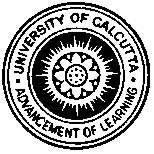
Calcutta University

University of Minnesota
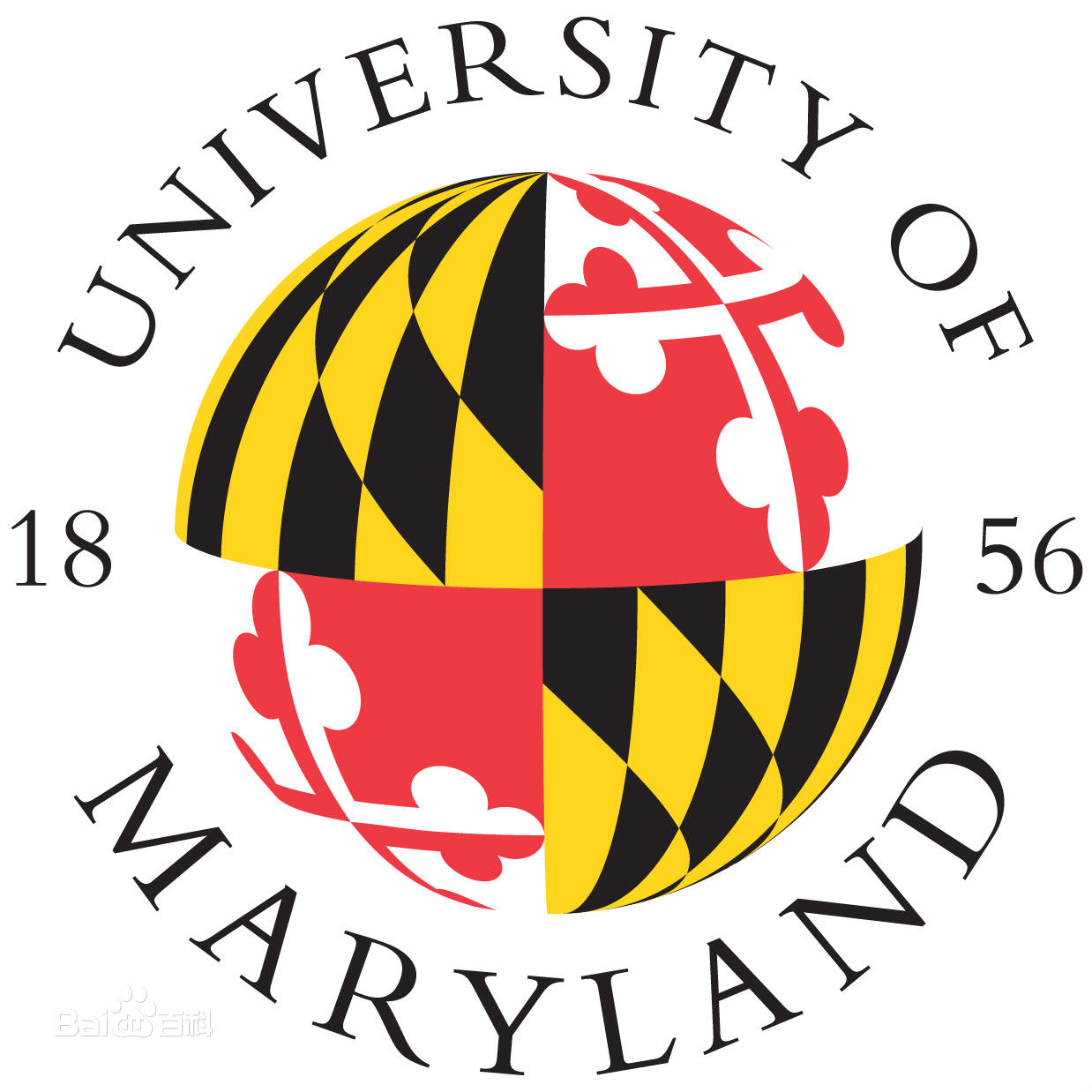
University of Maryland School of Medicine
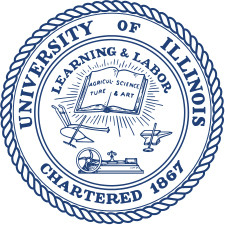
University of Illinois at Chicago
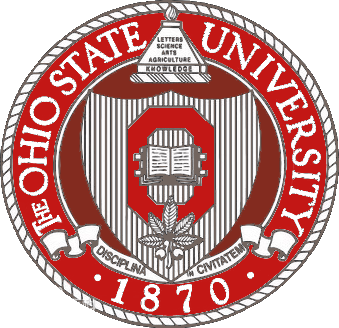
The Ohio State University
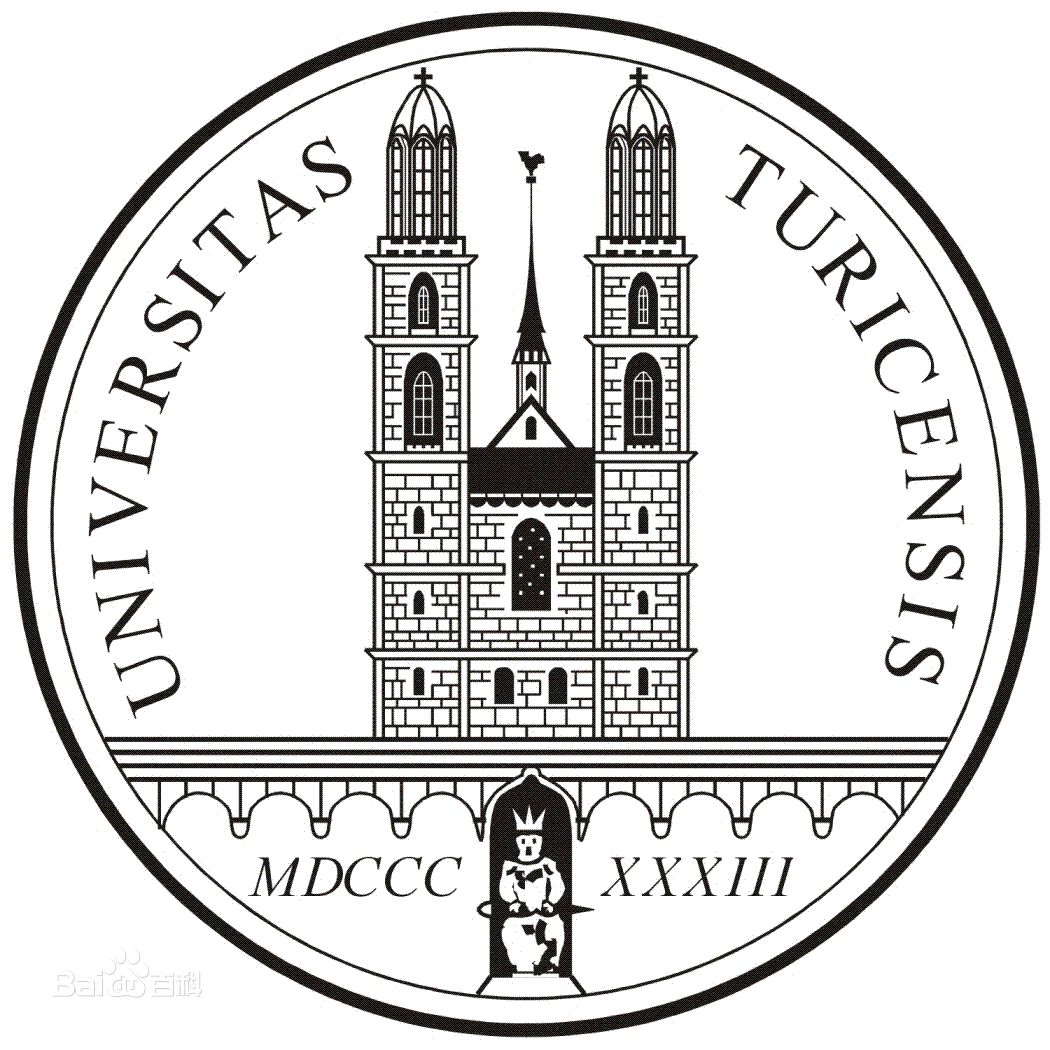
University of Zurich
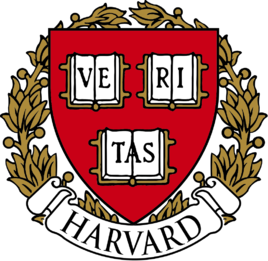
Harvard University

Colorado State University
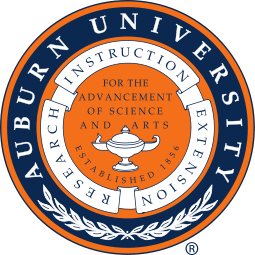
Auburn University
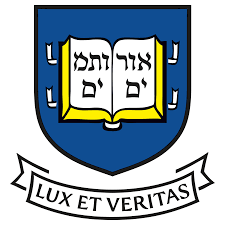
Yale University
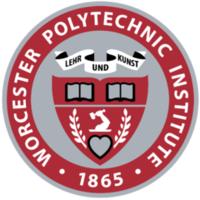
Worcester Polytechnic Institute
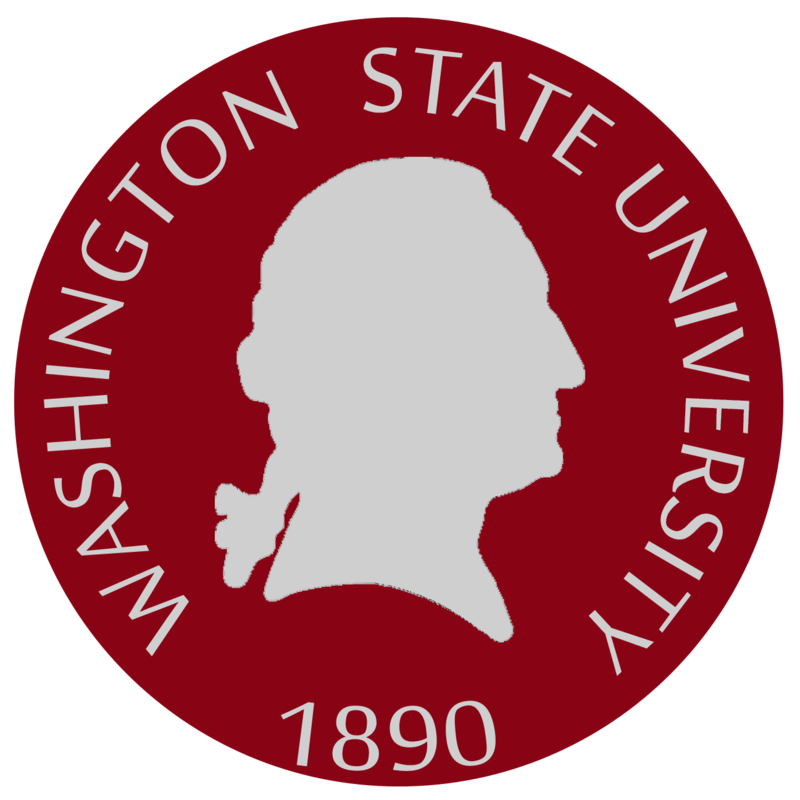
Washington State University
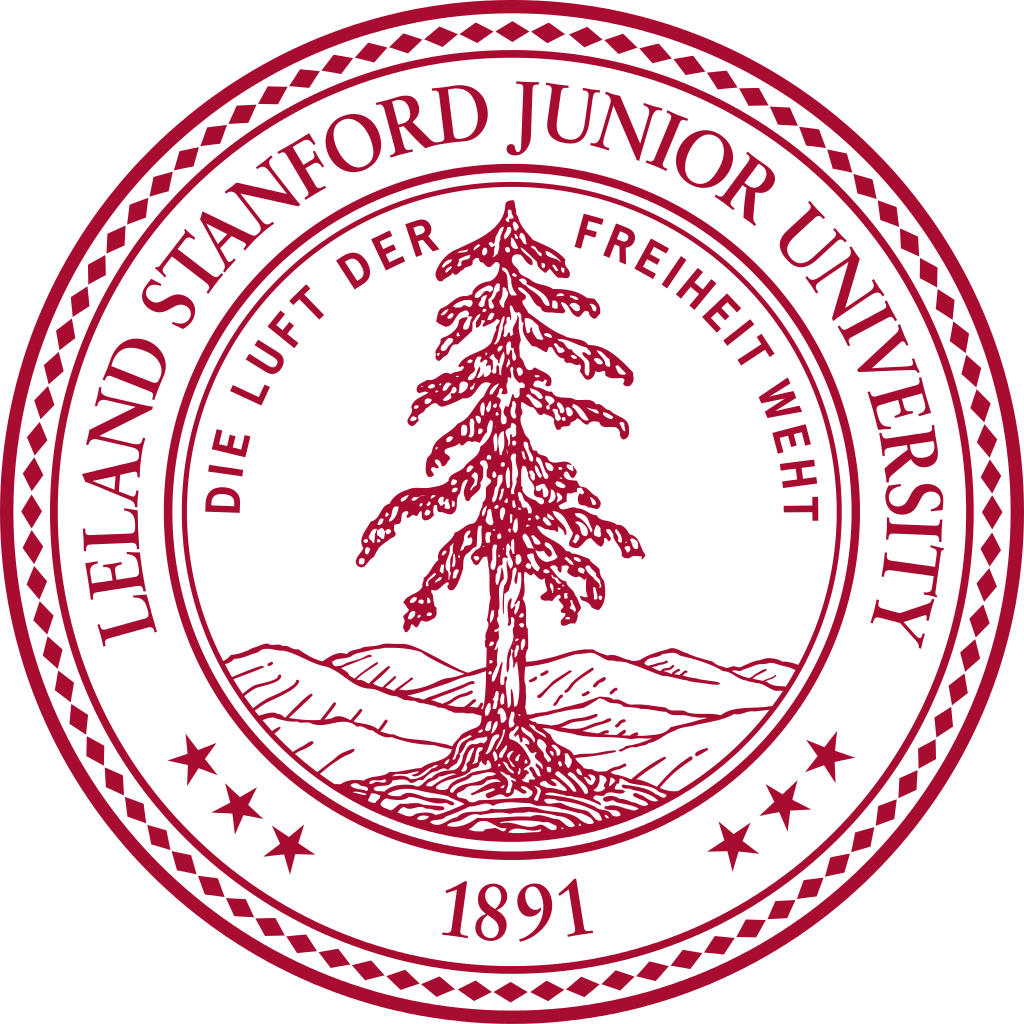
Stanford University
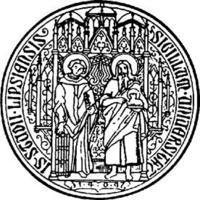
University of Leipzig
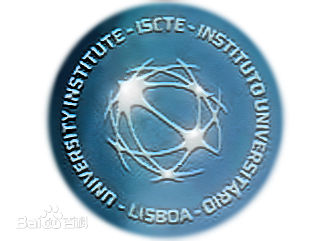
Universidade da Beira Interior
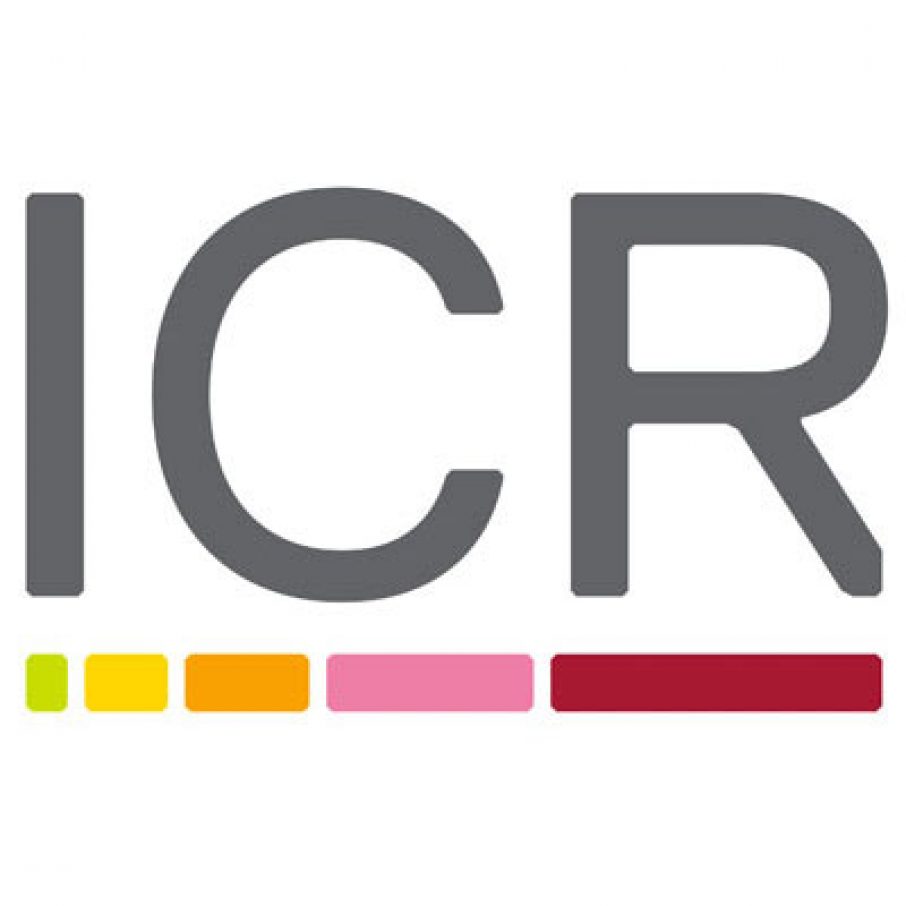
The Institute of Cancer Research
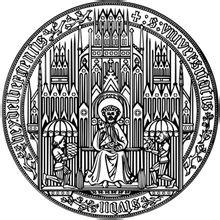
Heidelberg University
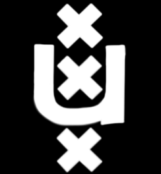
University of Amsterdam
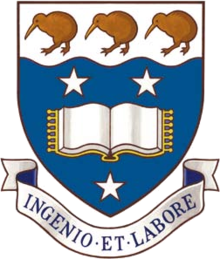
University of Auckland
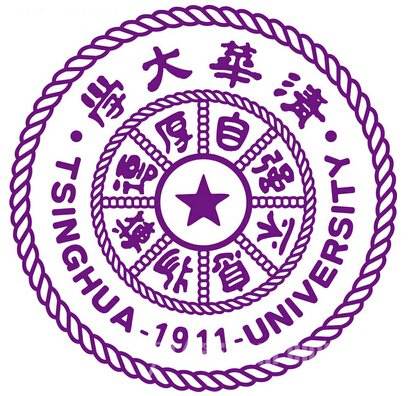
TsingHua University
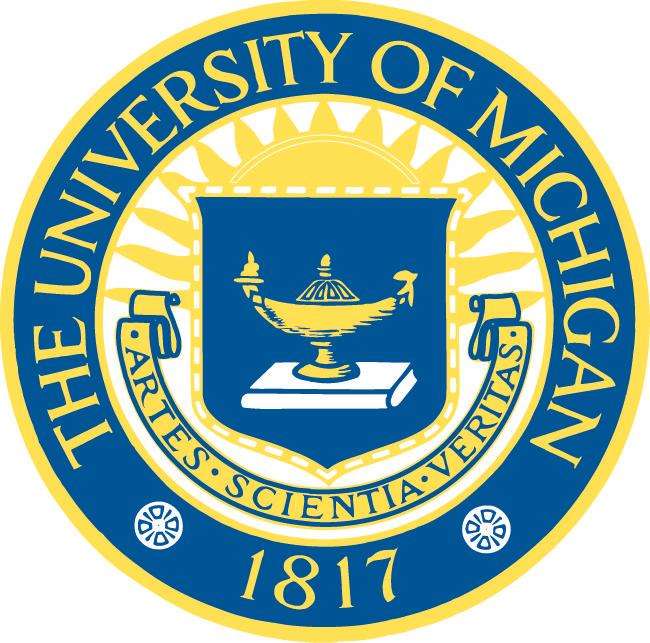
The University of Michigan
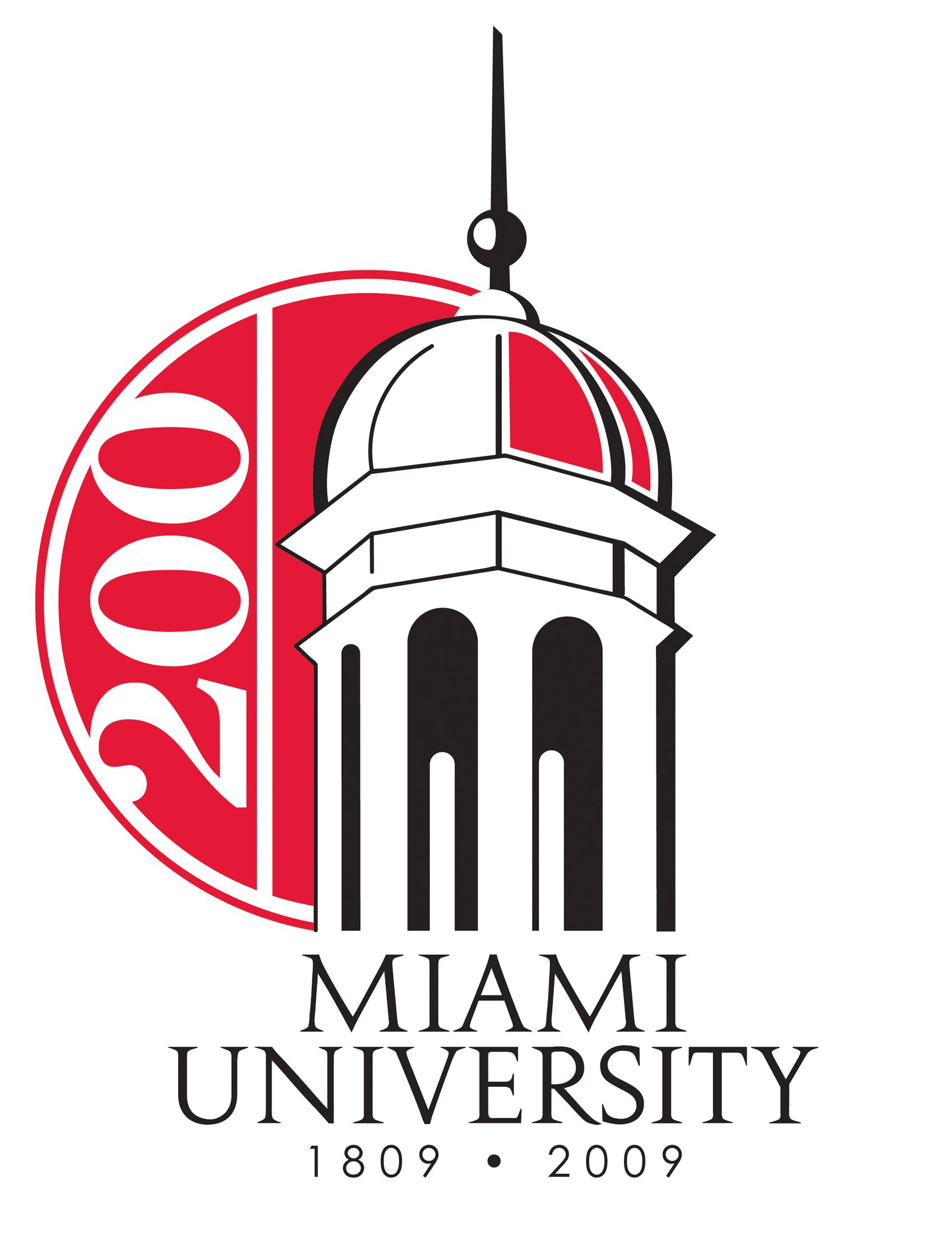
Miami University
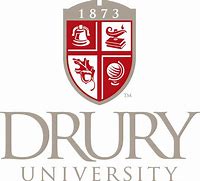
DRURY University
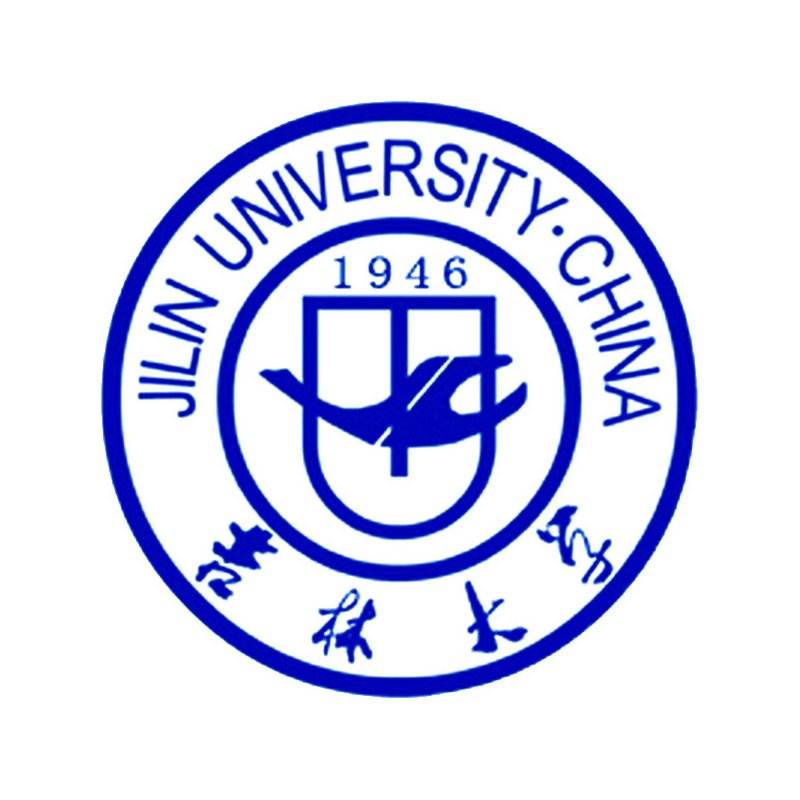
Jilin University
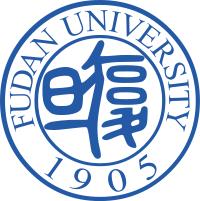
Fudan University
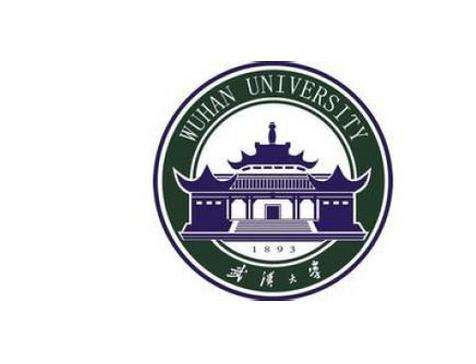
Wuhan University
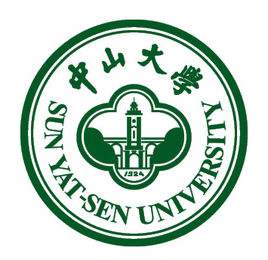
Sun Yat-sen University
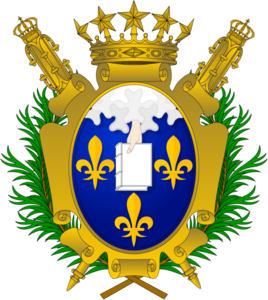
Universite de Paris
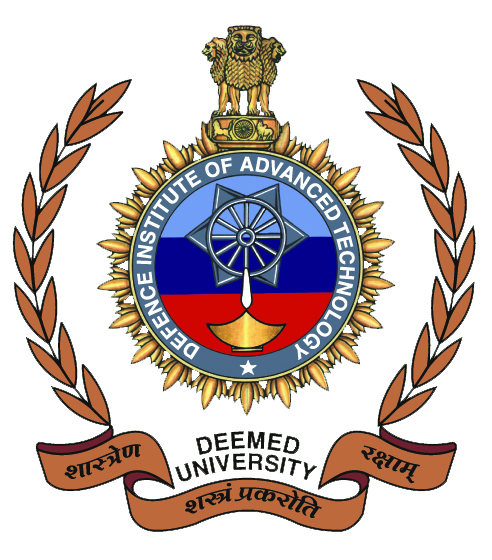
Deemed University
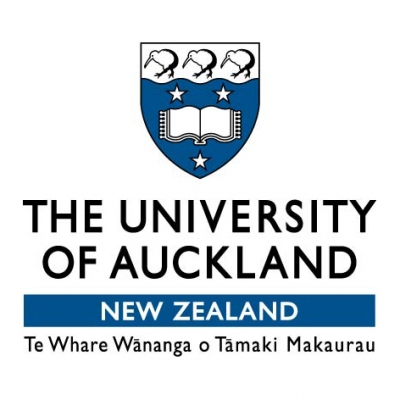
Auckland University
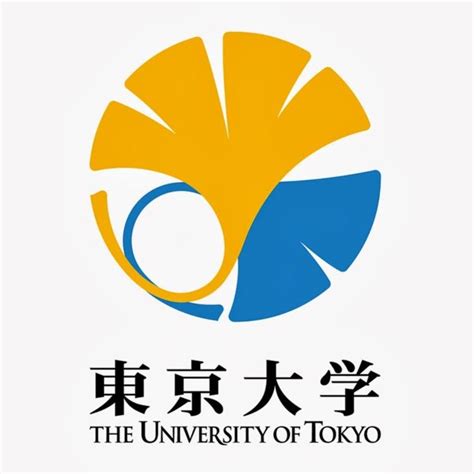
The University of Tokyo

Korea University
- 4-Methylcinnamic acid
Catalog No.:BCN5034
CAS No.:1866-39-3
- Allyl cinnamate
Catalog No.:BCC8812
CAS No.:1866-31-5
- 1,2-Bis(3-indenyl)ethane
Catalog No.:BCC8413
CAS No.:18657-57-3
- LY 344864
Catalog No.:BCC1716
CAS No.:186544-26-3
- Zibotentan (ZD4054)
Catalog No.:BCC2524
CAS No.:186497-07-4
- Alisol B
Catalog No.:BCN3364
CAS No.:18649-93-9
- Actein
Catalog No.:BCN1159
CAS No.:18642-44-9
- Psoralidin
Catalog No.:BCN5414
CAS No.:18642-23-4
- CP 316819
Catalog No.:BCC6039
CAS No.:186392-43-8
- CP-91149
Catalog No.:BCC3757
CAS No.:186392-40-5
- enantio-7(11)-Eudesmen-4-ol
Catalog No.:BCN1158
CAS No.:186374-63-0
- H-Dapa-OH.HBr
Catalog No.:BCC2668
CAS No.:18635-45-5
- Roscovitine (Seliciclib,CYC202)
Catalog No.:BCC1105
CAS No.:186692-46-6
- H-D-Tyr(tBu)-OH
Catalog No.:BCC3137
CAS No.:186698-58-8
- Ketamine hydrochloride
Catalog No.:BCC5982
CAS No.:1867-66-9
- N6-methyladenosine (m6A)
Catalog No.:BCC6495
CAS No.:1867-73-8
- Alisol A 24-acetate
Catalog No.:BCN2344
CAS No.:18674-16-3
- Ginsenoside Rg5
Catalog No.:BCN3551
CAS No.:186763-78-0
- ML 10302 hydrochloride
Catalog No.:BCC7695
CAS No.:186826-17-5
- Moxifloxacin HCl
Catalog No.:BCC2507
CAS No.:186826-86-8
- 2B-(SP)
Catalog No.:BCC5817
CAS No.:186901-17-7
- Pafuramidine
Catalog No.:BCC1832
CAS No.:186953-56-0
- Sinapine
Catalog No.:BCN1815
CAS No.:18696-26-9
- N,N'-Bis(2-hydroxyethyl)oxamide
Catalog No.:BCC9061
CAS No.:1871-89-2
2-NBDG fluorescence imaging of hypermetabolic circulating tumor cells in mouse xenograft model of breast cancer.[Pubmed:23054302]
J Fluoresc. 2013 Jan;23(1):213-20.
OBJECTIVES: To determine use of 2-[N-(7-nitrobenz-2-oxa-1,3-diazol-4-yl)amino]-2-deoxy-D-glucose (2-NBDG) as a tracer for detection of hypermetabolic circulating tumor cells (CTC) by fluorescence imaging. PROCEDURES: Human breast cancer cells were implanted in the mammary gland fat pad of athymic mice to establish orthotopic human breast cancer xenografts as a mouse model of circulating breast cancer cells. Near-infrared fluorescence imaging of the tumor-bearing mice injected with 2-DeoxyGlucosone 750 (2-DG 750) was conducted to assess glucose metabolism of xenograft tumors. Following incubation with fluorescent 2-NBDG, circulating breast cancer cells in the blood samples collected from the tumor-bearing mice were collected by magnetic separation, followed by fluorescence imaging for 2-NBDG uptake by circulating breast cancer cells, and correlation of the number of hypermetabolic circulating breast cancer cells with tumor size at the time when the blood samples were collected. RESULTS: Human breast cancer xenograft tumors derived from MDA-MB-231, BT474, or SKBR-3 cells were visualized on near-infrared fluorescence imaging of the tumor-bearing mice injected with 2-DG 750. Hypermetabolic circulating breast cancer cells with increased uptake of fluorescent 2-NBDG were detected in the blood samples from tumor-bearing mice and visualized by fluorescence imaging, but not in the blood samples from normal control mice. The number of hypermetabolic circulating breast cancer cells increased along with growth of xenograft tumors, with the number of hypermetabolic circulating breast cancer cells detected in the mice bearing MDA-MB231 xenografts larger than those in the mice bearing BT474 or SKBR-3 xenograft tumors. CONCLUSIONS: Circulating breast cancer cells with increased uptake of fluorescent 2-NBDG were detected in mice bearing human breast cancer xenograft tumors by fluorescence imaging, suggesting clinical use of 2-NBDG as a tracer for fluorescence imaging of hypermetabolic circulating breast cancer cells.
Transport of a Fluorescent Analogue of Glucose (2-NBDG) versus Radiolabeled Sugars by Rumen Bacteria and Escherichia coli.[Pubmed:27096355]
Biochemistry. 2016 May 10;55(18):2578-89.
Fluorescent tracers have been used to measure solute transport, but transport kinetics have not been evaluated by comparison of radiolabeled tracers. Using Streptococcus equinus JB1 and other bacteria, the objective of this study was to determine if a fluorescent analogue of glucose (2-NBDG) would be transported with the same kinetics and transporters as [(14)C]glucose. We uniquely modified a technique for measuring transport of radiolabeled tracers so that transport of a fluorescent tracer (2-NBDG) could also be measured. Deploying this technique for S. equinus JB1, we could detect 2-NDBG transport quantitatively and within 2 s. We found the Vmax of 2-NBDG transport was 2.9-fold lower than that for [(14)C]glucose, and the Km was 9.9-fold lower. Experiments with transport mutants suggested a mannose phosphotransferase system (PTS) was responsible for 2-NBDG transport in S. equinus JB1 as well as Escherichia coli. Upon examination of strains from 12 species of rumen bacteria, only the five that possessed a mannose PTS were shown to transport 2-NBDG. Those five uniformly transported [(14)C]mannose and [(14)C]deoxyglucose (other glucose analogues at the C-2 position) at high velocities. Species that did not transport 2-NBDG at detectable velocities did not possess a mannose PTS, though they collectively possessed several other glucose transporters. These results, along with retrospective genomic analyses of previous 2-NBDG studies, suggest that only a few bacterial transporters may display high activity toward 2-NBDG. Fluorescent tracers have the potential to measure solute transport qualitatively, but their bulky fluorescent groups may restrict (i) activity of many transporters and (ii) use for quantitative measurement.
Syzygium aqueum leaf extract and its bioactive compounds enhances pre-adipocyte differentiation and 2-NBDG uptake in 3T3-L1 cells.[Pubmed:23122070]
Food Chem. 2013 Jan 15;136(2):354-63.
The insulin-like and/or insulin-sensitising effects of Syzygium aqueum leaf extract and its six bioactive compounds; 4-hydroxybenzaldehyde, myricetin-3-O-rhamnoside, europetin-3-O-rhamnoside, phloretin, myrigalone-G and myrigalone-B were investigated in 3T3-L1 adipocytes. We observed that, S. aqueum leaf extract (0.04-5 mug/ml) and its six bioactive compounds (0.08-10 muM) at non-cytotoxic concentrations were effectively enhance adipogenesis, stimulate glucose uptake and increase adiponectin secretion in 3T3-L1 adipocytes. Clearly, the compounds myricetin-3-O-rhamnoside and europetin-3-O-rhamnoside showed insulin-like and insulin-sensitising effects on adipocytes from a concentration of 0.08 muM. These compounds were far better than rosiglitazone and the other isolated compounds in enhancing adipogenesis, stimulating 2-NBDG uptake and increasing adiponectin secretion at all the concentrations tested. These suggest the antidiabetic potential of S. aqueum leaf extract and its six bioactive compounds. However, further molecular interaction studies to explain the mechanisms of action are highly warranted.
2-NBDG as a marker for detecting glucose uptake in reactive astrocytes exposed to oxygen-glucose deprivation in vitro.[Pubmed:25091860]
J Mol Neurosci. 2015 Jan;55(1):126-130.
Glucose is a necessary source of energy for sustaining cell activities and homeostasis in the brain. Enhanced glucose uptake protects cells during energy depletion including brain ischemia. Astrocytes enhance their glucose uptake during ischemia to supply substrates to neurons and thus support neuronal survival. Radiolabeled substrates are commonly used for in vitro measurement of glucose uptake in astrocytes. Here we optimized a method to measure glucose uptake by astrocytes during oxygen-glucose deprivation (OGD) using the fluorescent substrate 2-(N-(7-nitrobenz-2-oxa-1,3-diazol-4-yl)amino)-2-deoxyglucose (2-NBDG). Uptake buffers for 2-NBDG were the same as for (14)C-labeled alpha-methyl-D-glucopyranoside. Cell lysis buffer was optimized for observing the fluorescence of 2-NBDG, and Hoechst 33258 DNA staining was used for normalization of the 2-NBDG concentration. Uptake was performed on cultures of primary astrocytes by incubating the cells at 37 degrees C in buffer containing 25-200 muM 2-NBDG. Flow cytometry was performed to visualize uptake in intact cells, and a fluorescence microplate reader was used to measure the intracellular concentration of 2-NBDG in cell homogenates. 2-NBDG uptake was concentration dependent in astrocytes that were exposed or not exposed to OGD. OGD significantly increased 2-NBDG uptake by about 1.2 to 2.5 times in astrocytes compared to control cells. These results show that 2-NBDG can be used to detect glucose transport in astrocytes exposed to OGD.
A real-time method of imaging glucose uptake in single, living mammalian cells.[Pubmed:17406637]
Nat Protoc. 2007;2(3):753-62.
This protocol details a method for monitoring glucose uptake into single, living mammalian cells using a fluorescent D-glucose derivative, 2-[N-(7-nitrobenz-2-oxa-1,3-diazol-4-yl)amino]-2-deoxy-D-glucose (2-NBDG), as a tracer. The specifically designed chamber and superfusion system for evaluating 2-NBDG uptake into cells in real time can be combined with other fluorescent methods such as Ca2+ imaging and the subsequent immunofluorescent classification of cells exhibiting divergent 2-NBDG uptake. The whole protocol, including immunocytochemistry, can be completed within 2 d (except for cell culture). The procedure for 2-NBDG synthesis is also presented.


